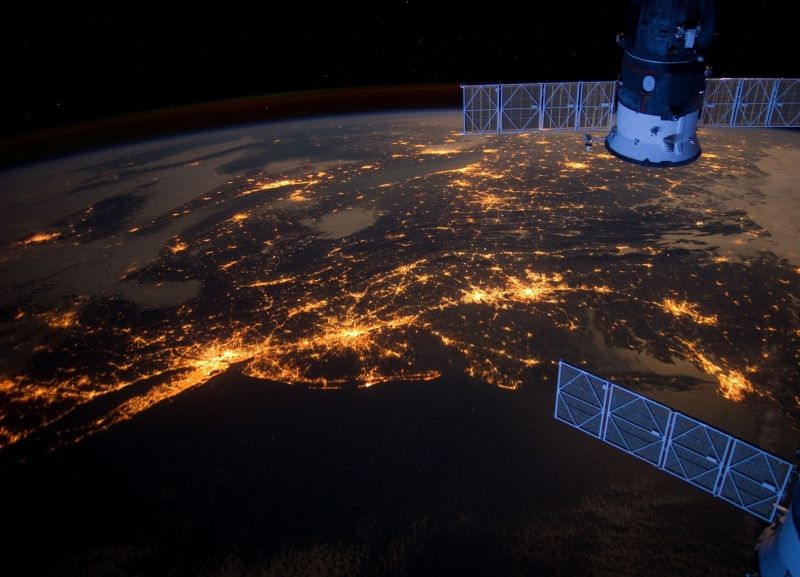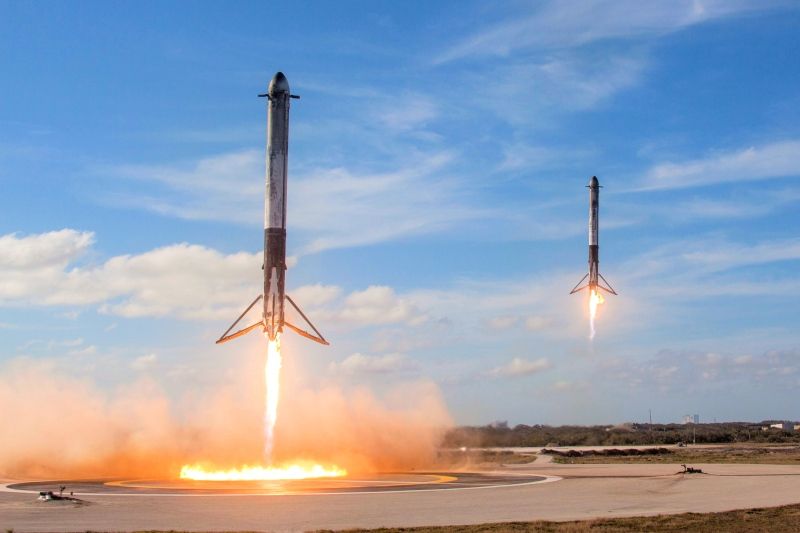The Internet we are connected to right now is like a giant LAN network. Despite thousands of satellites in Earth’s orbit, almost 99 percent of world’s data traffic goes through the vast network of undersea cables. Submarine cables have been around for centuries. Back in 1854, the first transatlantic line was laid between Newfoundland and Ireland to enable telegraph communication. Of course, today we are connected by way more advanced fiber optic cables that can send data at almost the speed of light. However, these cables can be damaged by anything from a frustrated shark, a ship’s anchor, or deep-sea Earthquakes. This explains why Japan’s Internet services were disrupted due to a Tsunami in 2011. Or how African nation Mauritania’s Internet completely blacked out for two days thanks to a trawler. This complex network of cables is built and maintained by hundreds of private companies and governments. It includes lesser known entities such as Acqua Comms, Seaborn Networks, and SAEX International.

More recently, tech giants like Amazon, Facebook, Microsoft, and Google are getting involved in this business of undersea cables. Especially, Google with co-ownership taken into account controls 8.5% of submarine cables worldwide. These companies are also looking to build alternatives to this existing network. Most of them have set their eyes to the skies. You may have heard of Facebook’s solar-powered Internet drones or Google’s high-altitude data beaming balloons. Now, companies such as Amazon, OneWeb, and SpaceX, are taking a more ambitious approach. They are planning to build the Internet infrastructure in space!

Just like how undersea telegraph lines lead to today’s optical fiber network, Iridium’s satellite phone network might have inspired the concept space bound Internet infrastructure. In the 90s, Iridium in collaboration with Motorola sent 66 satellites to space in order to provide global phone coverage. With such constellation cleverly spaced out, Iridium was able to provide mobile communication on any place on the Earth including the north and sound pole. Of course, we can use Internet using existing communications satellites. But, it is prohibitively expensive. Take for instance, Antarctica, which is not connected by any undersea cable. On this southernmost continent, 10 Mbit connection costs thousands of US dollars. And since geosynchronous orbit satellites are at least 35,786 km away from the Earth’s surface, you have to put up with high ping after paying such premium. The solution is a constellation of low-cost low Earth orbit (160 km to 2,000 km) satellites to provide uninterrupted Internet coverage throughout the world. Let’s check out the plans chalked out by the tech titans.

Low Earth orbit and Geosynchronous orbit comparison.
Amazon’s Project Kuiper
One of the few companies to have ever hit the Trillian dollar valuation, Amazon, doesn’t want to be left behind in the race for the next-gen Internet infrastructure. Under its Project Kuiper, Jeff Bezos’ company is planning to send 3,236 satellites to the low Earth orbit. That’s quite a fitting name as Kuiper belt is a home to millions of asteroids and other heavenly bodies in our solar system. Amazon states that its goal is to provide low-latency, high-speed broadband to under-served communities across the globe. GeekWire reports that Amazon will group these satellites at different orbital heights. A batch of 784 satellites will orbit at the height of 590 kms. Another bunch of 1,296 satellites will be placed at a height of 610 kms. And lastly, 1,156 satellites will revolve around Earth at 630 km orbit. Sure, it is going to cost truckloads of money, but that shouldn’t be a problem considering Jeff Bezos is the richest person on this planet. He also happens to own Blue Origin aerospace company, which has recently developed New Glenn, a cost-effective launch vehicle capable of carrying payloads to Earth’s orbit. Bezos may not have to depend on others to complete this project.

SpaceX Starlink
If building impressive electric cars wasn’t interesting enough, Elon Musk wants to fix the humanity’s Internet issue. His goal is to move the entire Internet infrastructure from the depths of the oceans to the sky above. Under his Starlink plan, SpaceX will launch 11,943 satellites in low Earth orbit. Each satellite will weigh in at 386 kg and roughly be the size of a small car. The constellation will include 4425 satellites in low Earth orbit, around 1110 km in this case. To ensure high speed transfer rates, 7,518 satellites will be stationed in very low orbits at around 322 km. It is speculated that the commercial service will go live as soon as at least 800 satellites hit the orbit. SpaceX has already proved its worth by successfully flying cargo to the ISS (International Space Station). The company has also reduced the cost of space missions with the use of reusable Falcon family rockets. What’s more, SpaceX has already started executing the plan by deployed two test satellites called Tintin 1 and 2 in February 2018. And these satellites seems to be holding well in the tests so far.

Surely, interesting times ahead. But, as much as we want seamless and reliable global Internet coverage, many are concerned about the dangers of space junk. In 2009, the collision between Iridium 33 and Russia’s Kosmos-2251 satellite caused so much debris that ISS (International Space Station) had to perform an collision avoidance maneuver for safety. So, any mishaps caused by these thousands of low Earth orbit satellites may pose a serious danger to the ISS.
The post Amazon And SpaceX To Launch Thousands Of Satellites To Beam Internet From Space appeared first on MySmartPrice.
from MySmartPrice http://bit.ly/2J5qXAy
No comments:
Post a Comment